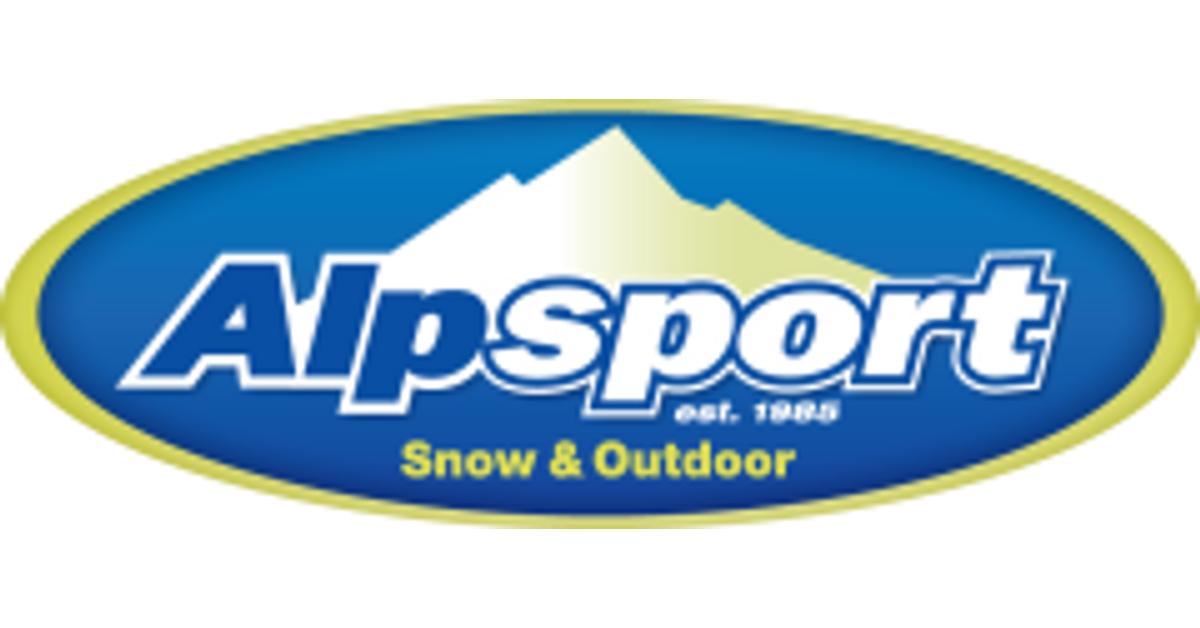Because this is a great place to ask the 'silly noob' questions (and a quick search didn't find what I was looking for):
For the first time I have some brand new skis. Outside of putting bindings on them and a coat of fresh wax, is there anything else that usually is needed at this stage? I assume that there is a factory edge on them and for a lot of people that may or may not be what they need?
0) Decide [if] you care what the base/side bevel of your skis is, and that you'll be maintaining your edges regularly to achieve that desire.
1) Decide what edge / base bevel you want your skis to be at.
2) Measure what is currently present.
3) Fix anything discovered in step 2 that doesn't match what you wanted in step 1.
a) take skis to a quality tune shop (These are harder to find than you might think).
b) or tune them yourself using your own kit.
Last edited:












